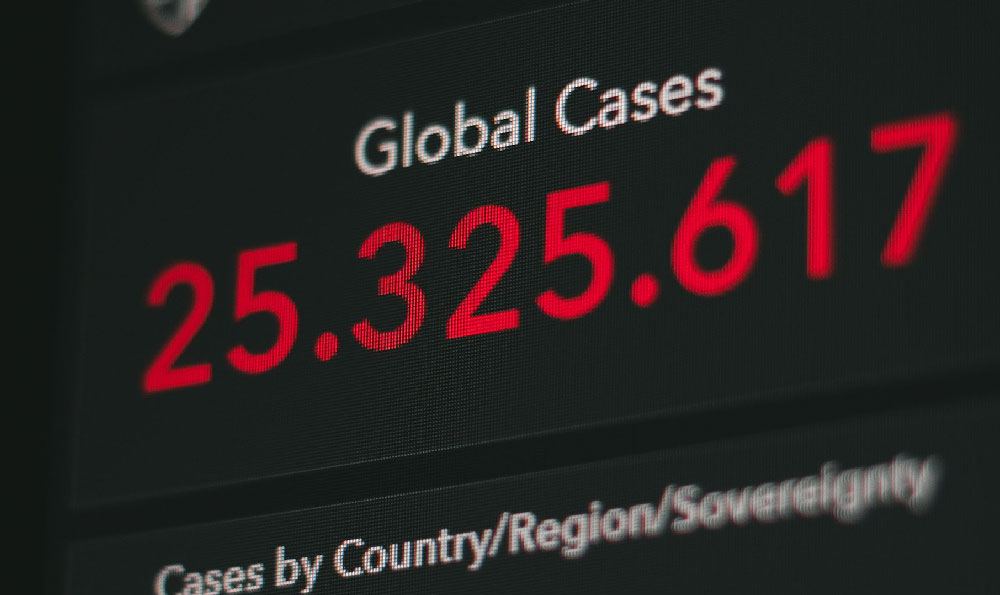
Music artists navigate a complex financial landscape to earn a living and sustain their careers. The traditional model of relying solely on record sales is largely outdated, replaced by a diverse array of revenue streams that reflect the digital age and the evolving nature of the music industry. Understanding these avenues is crucial not only for aspiring musicians but also for anyone interested in the financial underpinnings of artistic creation.
One of the most significant shifts in the music industry has been the rise of streaming services. Platforms like Spotify, Apple Music, Amazon Music, and YouTube Music offer artists a way to reach a global audience instantly. However, the per-stream royalty rates are notoriously low. The exact payout varies depending on the platform, the artist's agreement, and the listener's subscription type (premium versus free). While a single stream generates only a fraction of a cent, the cumulative effect of millions of streams can generate substantial income for popular artists. Independent artists, however, often find it challenging to amass the necessary streams to make a significant profit through streaming alone. They often rely on aggregators or distributors to get their music on these platforms, which further cuts into their already slim margins. The key for artists is to maximize their visibility on these platforms through strategic playlist placements, promotional campaigns, and engaging content.
Beyond streaming, digital downloads still represent a revenue stream, albeit a diminishing one. Platforms like iTunes and Amazon Music offer tracks and albums for purchase. While less popular than streaming, downloads offer a higher royalty rate per unit compared to a single stream. This can be particularly beneficial for artists who cultivate a dedicated fanbase willing to purchase their music outright. Building a strong online presence and actively promoting downloads through social media and email marketing are essential strategies for maximizing income from this source.

Live performances are a crucial income source for most artists, especially those who are not chart-topping superstars. Concerts, festivals, and private events offer artists the opportunity to connect with their fans directly and generate income through ticket sales, merchandise sales, and VIP packages. The earnings from live performances can vary significantly depending on the artist's popularity, the size of the venue, and the negotiated terms with promoters. Touring requires significant investment in travel, accommodation, equipment, and a supporting crew. Therefore, careful budgeting and strategic tour planning are crucial for ensuring profitability. Building a strong live performance reputation is key to attracting larger audiences and securing lucrative gigs.
Synchronization licenses, often referred to as "sync" licenses, provide artists with another vital revenue stream. This involves licensing their music for use in films, television shows, commercials, video games, and other media. Sync licenses can generate substantial income, especially for independent artists looking to gain wider exposure. The value of a sync license depends on the popularity of the song, the prominence of its use in the media, and the media platform itself. Securing sync licenses requires actively promoting their music to music supervisors and licensing agencies, or working with a publisher who specializes in sync deals.
Merchandise sales contribute significantly to an artist's income, especially during live performances and through online stores. T-shirts, posters, CDs, vinyl records, and other branded items provide fans with tangible reminders of their favorite artist and offer a direct way for them to support their work. Effectively designing attractive merchandise and managing inventory are important for maximizing profits. Offering limited-edition items and exclusive merchandise for VIP packages can also generate increased revenue.
Direct-to-fan platforms, such as Patreon and Bandcamp, allow artists to connect with their fans directly and generate income through subscriptions, crowdfunding campaigns, and direct sales. Patreon allows fans to subscribe to an artist's content for a monthly fee, providing them with exclusive access to behind-the-scenes content, early releases, and other perks. Bandcamp allows artists to sell their music and merchandise directly to their fans, retaining a larger percentage of the revenue compared to traditional retailers. Building a strong relationship with their fanbase and offering exclusive content and experiences are essential for success on these platforms.
Publishing royalties represent a significant source of income for songwriters and composers. These royalties are generated whenever their songs are performed publicly, streamed online, broadcast on the radio, or used in other media. Publishing royalties are typically divided between the songwriter and the publisher, who is responsible for administering the song's copyright and collecting royalties. Joining a Performing Rights Organization (PRO), such as ASCAP, BMI, or SESAC, is essential for ensuring that songwriters receive their fair share of publishing royalties. These organizations track public performances of songs and distribute royalties to their members.
Finally, endorsements and sponsorships can provide artists with a significant boost to their income. Partnering with brands that align with their artistic vision and target audience can generate substantial revenue and increase their visibility. Endorsements can include promoting products or services on social media, appearing in commercials, or using branded equipment during live performances. Negotiating favorable terms and ensuring that the partnership is mutually beneficial are crucial for maximizing the value of endorsements and sponsorships.
In conclusion, a successful music career requires more than just talent; it demands financial acumen and a diversified approach to income generation. By understanding the various revenue streams available and developing a strategic plan to maximize their potential, artists can navigate the complex financial landscape of the music industry and achieve financial sustainability. The evolving nature of the industry necessitates a continuous adaptation to new technologies and business models, ensuring that artists remain relevant and economically viable in the long term.




